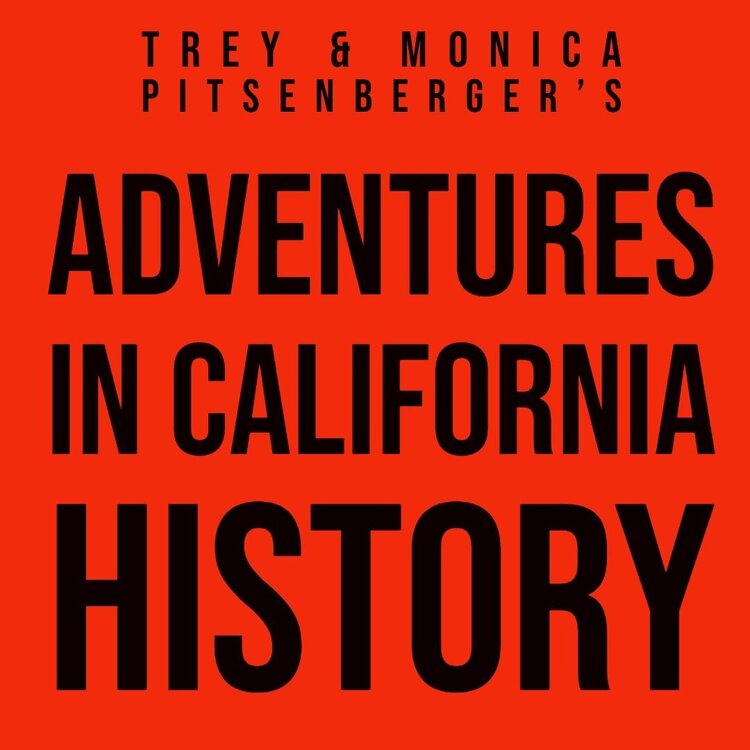In 1850 Timbuctoo, like most Gold Rush towns, built itself from the wealth generated by gold panning. It is located on a bluff above The Yuba River, close to the gold-bearing sand bars, but high enough to avoid flooding. Once the easy gold was panned out, they moved on to hydraulic mining of the bluffs around 1854. It's through this method of extraction that Timbuctoo gained its fabulous wealth.
Hydraulic mining in Timbuctoo.
As the town grew, it built a theater that could house 800 people, a bank, bakery, hotels, even an ice skating rink! The wealth continued to flow until 1884, when downstream farmers sued to end all hydraulic mining in the state. Hydraulic mining caused massive amounts of sediment to move downstream, causing flooding and a loss of agricultural land. It was also making riverboat travel difficult as sandbars would form and re-form, making navigation tricky. The District Court in San Francisco agreed and shut down all hydraulic mining. Timbuctoo was doomed!
Timbuctoo in 1862. The stage is passing in front of Stewart’s Wells Fargo Store.
The court ruling putting an end to hydraulic mining, which caused Timbuctoo to decline as miners their families and the businesses that grew up to support them moved away. Soon there was very little left of the town. During the 20th Century, there was an effort to preserve what little was left. Stewart's Wells Fargo Store was the most robust of what was still standing. The remaining townspeople had it preserved with a new roof and commemorative signs.
The preserved Stewart’s Store in 1945.
During the early part of the 20th Century, Timbuctoo enjoyed a revival as a historic stop on the road. It became quite popular with people looking for the story of California's history. Before 1980 the main road passed through town, making it much easier for people to stop and check it out. When Highway 20 was re-aligned in the 1980s, it bypassed Timbuctoo, and like so many other Gold Rush communities, it faded away.
Stewart’s Store today.
Soon the impetus that had driven the people to try and save the remaining structure(s) also died, and rumors of gold in the old building walls brought vandals, and they tore the old structure down. Now there are no standing structures from the early days, just a crumbling mass of bricks. You have to see the old photos and drawings of the town to get a feel for how wealthy and busy Timbuctoo was.
Monica checking out the old bridge crossing of The Yuba River.
There is so much to explore near Timbuctoo. The road coming in from the west passes over the Yuba River, where you can see the old bridge's support that crossed the river. The Town of Samrtsville is just a mile or so from Timbuctoo and has a great story of its own. Is it spelled with an "s" or not, Smartville? A little further lies Rough and Ready, a town that also built itself from gold and its spot on the old Emigrant Trail to Johnson's Ranch in Wheatland.
Timbuctoo in the 1860’s and the exact same spot today, 2018.
Here is a short video, less than 5 minutes, concerning our adventure at Timbuctoo.






